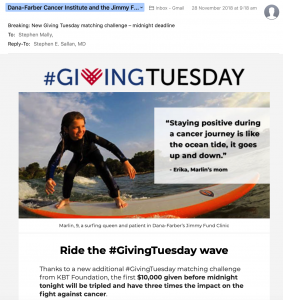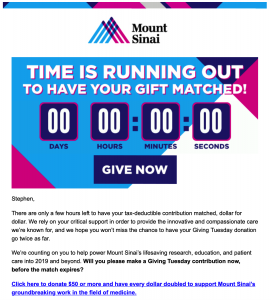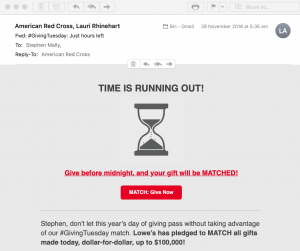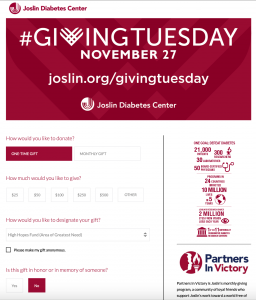A stewardship example for all social purpose organisations

Two weeks ago, I wrote two blog posts about the St Vincent’s Hospital Foundation Melbourne’s appeal and the manner in which the Foundation thanked me for my donation. The stewardship experience continued late last week with another stewardship experience.
On Thursday, 23 April, I received a telephone call from an unknown mobile number. I chose to step away from my desk and take the call. The caller stated she is a volunteer from St Vincent’s Hospital Foundation and she was calling to thank me for my generous donation to the St Vincent’s Hospital Foundation Emergency Appeal. She described how much my donation meant to the Foundation and thanked me profusely throughout the short call.
The St Vincent’s Hospital Foundation caller was delightful on the call. She was professional, yet personable, and she was clear and concise.
Wow! This stewardship telephone call was most impressive. I have told many people about the call. I wanted to write this blog post to promote this method of donor care, particularly given the current work from home situation.
Steps to good donor care
Every non-profit organisation can follow this example. Here are the steps for you to follow:
- Identify the audience to call to steward.
- Will you call only donors over a certain dollar threshold?
- Will you phone all donors who have given to a certain appeal?
- Find volunteers who have a very good phone voice.
- Offer short bullet points for the volunteers to highlight during the call.
- Do not over script the call. Keep the call personal.
- Ensure the words “thank you” are repeated.
- Keep the calls very brief.
- Remember – although mostly everyone is home, many of us are working from home. You do want the call to be a memorable experience – but, not for the wrong reasons!
- Train/brief the volunteers in advance of the phone campaign.
- Ask the volunteers to take brief notes from every phone call.
- Document each call and record the notes in your organisation’s CRM.
Make the stewardship calls routine
Don’t make this a one-off stewardship exercise. Make the calls a routine program for your volunteers to operate. Tracking the calls will allow you to determine whether the stewardship program is also producing significant results for your donor retention.
This is not rocket science, right? We all love to be thanked. Remember, people are also seeking a variety today. I was delighted to accept this call, additionally, because it was a great diversion from my 5-7 web conferences throughout the work day!
Kudos to St Vincent’s Hospital Foundation Melbourne for setting the gold standard in donor care – personal, engaging, and effective.

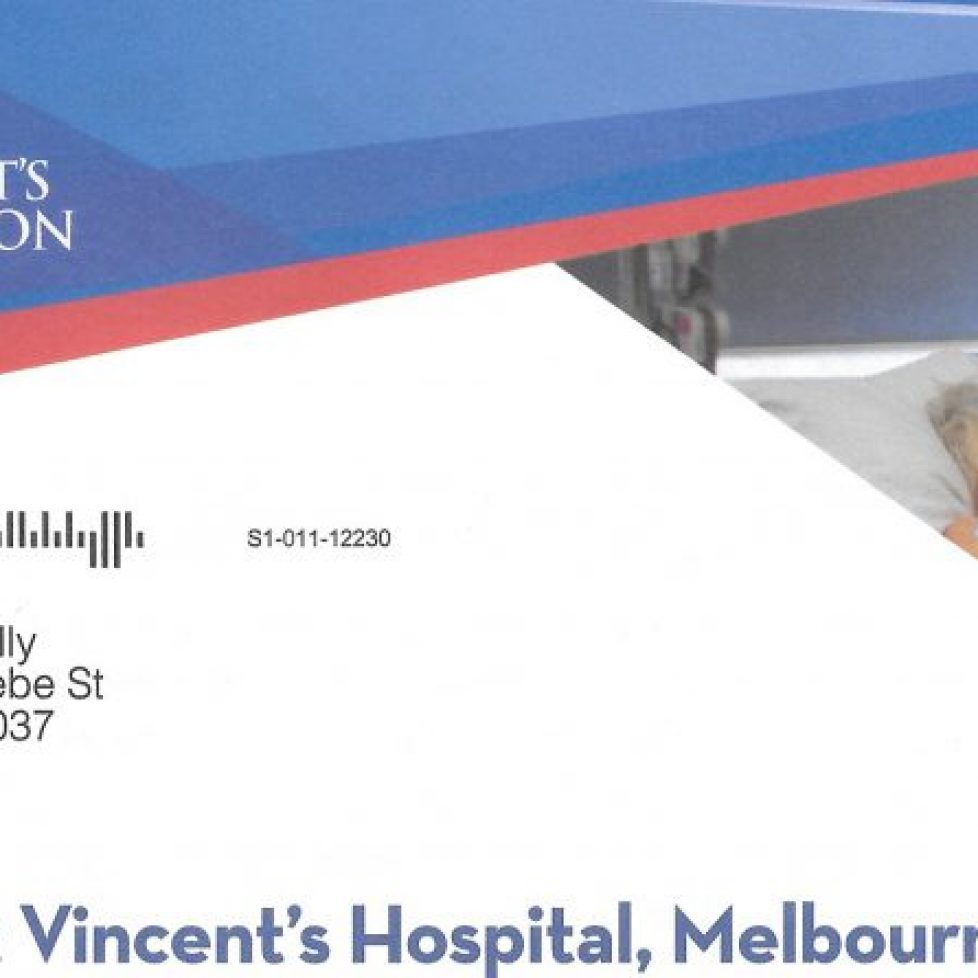

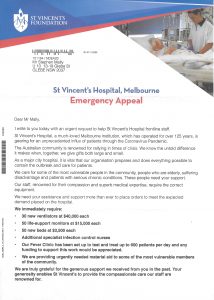


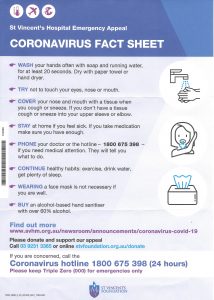



 It is the easiest task to do, yet it is often times overlooked in our day-to-day responsibilities. In the rush to get stuff done, including finding new donors, asking for that next big gift, we are overlooking the most important task. I am talking about saying thank you to donors, volunteers, and staff.
It is the easiest task to do, yet it is often times overlooked in our day-to-day responsibilities. In the rush to get stuff done, including finding new donors, asking for that next big gift, we are overlooking the most important task. I am talking about saying thank you to donors, volunteers, and staff. Mystery Shopping Defined
Mystery Shopping Defined


